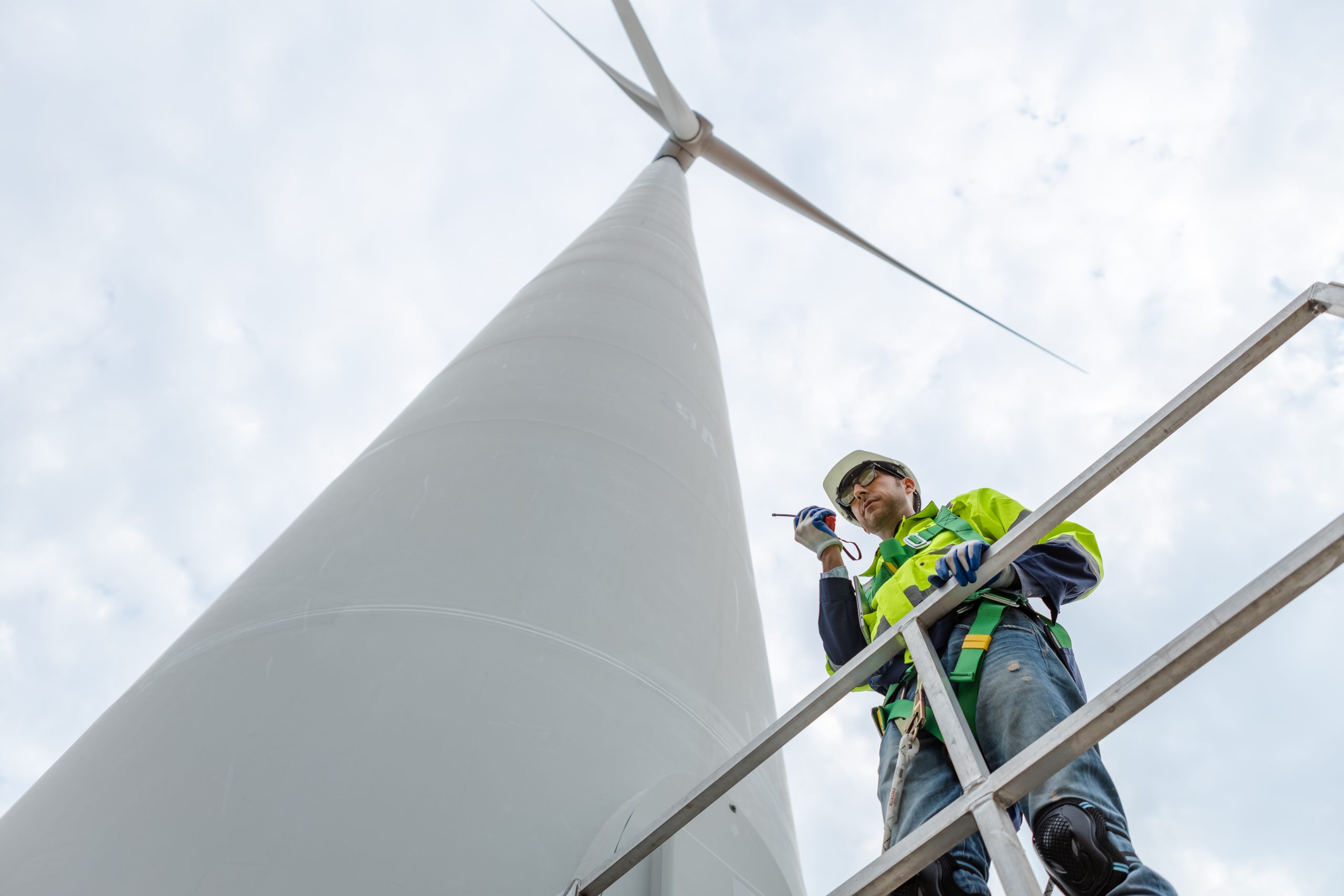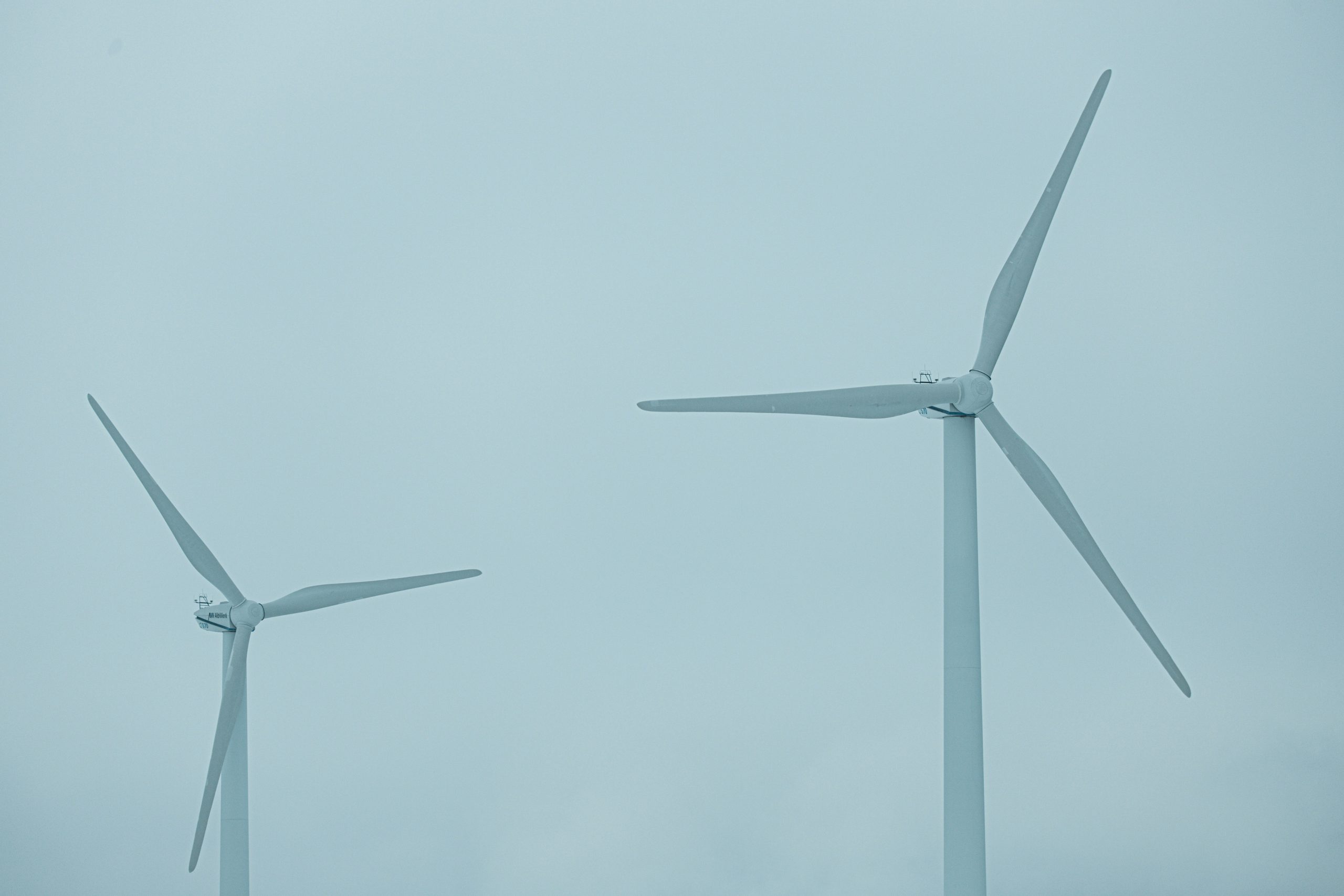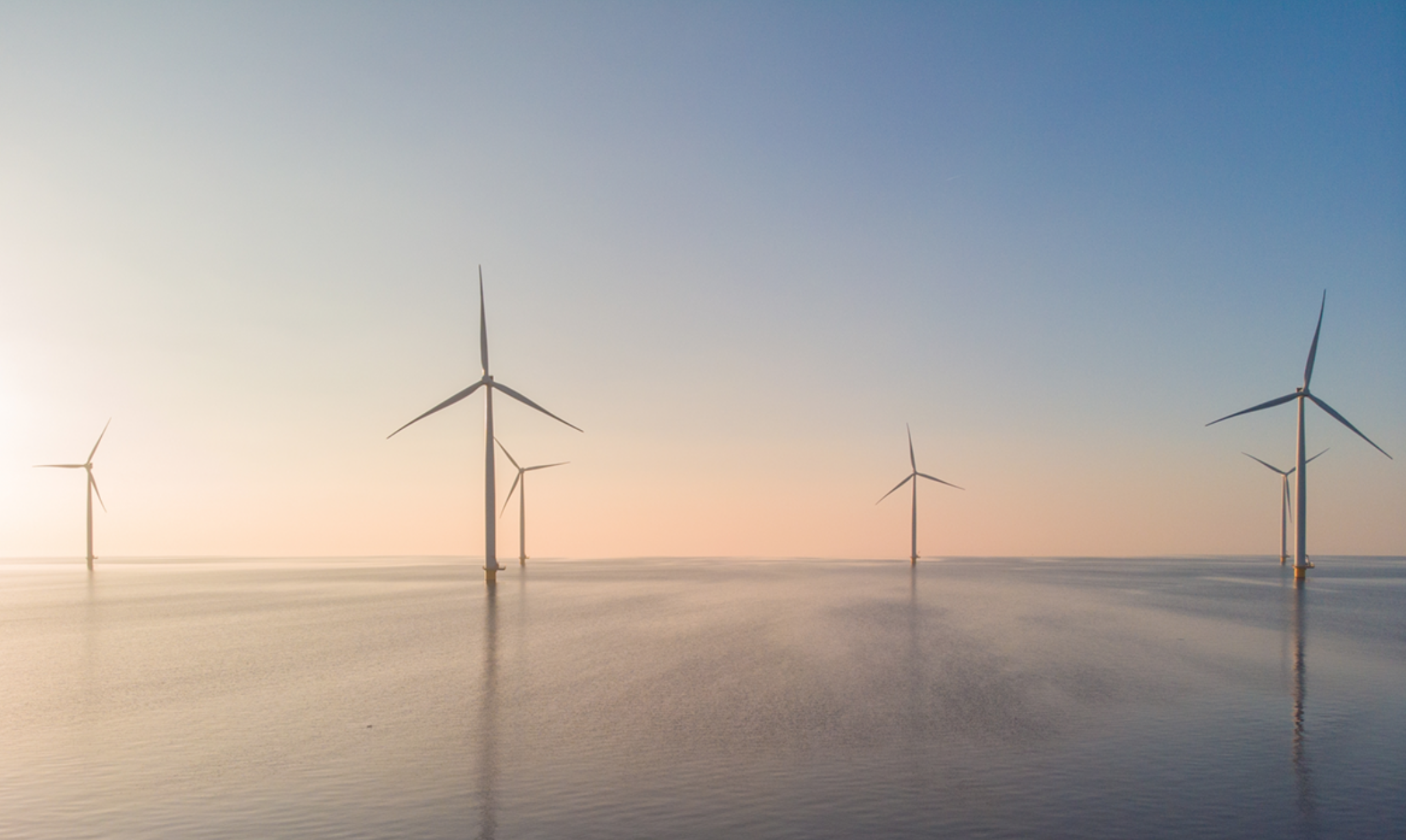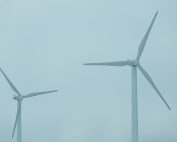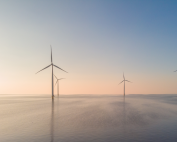The European wind energy sector is poised for significant growth, aiming to more than double its workforce by 2030. In the context of the European Year of Skills, addressing the pressing skills gap becomes imperative to support this expansion and foster innovation. These insights were garnered from a recent debate titled “On the road to Net Zero Industry – key technologies for offshore wind”, organized by BalticWind.EU in collaboration with Sensoria.
Ivan Pineda director of Innovation at WindEurope provides a clear numerical breakdown, stating, “We think that the European wind energy industry will be able to sustain more than half a million workers by 2030.” This growth necessitates a strategic focus on increasing direct employment across various sectors, especially planning, manufacturing, construction, and operation and maintenance. Pineda emphasizes the urgency, pointing out the need for “170,000 workers between now and 2030.”
Anu Eslas representing Ignitis Renewables brings a regional development perspective, highlighting the untapped potential in areas without offshore wind parks. “We need to open up the market internally. […] We can provide the skills and knowledge and experience on an engineering profile and then reshape them in offshore sites,” she suggests. Eslas also points to ongoing educational initiatives across Lithuania, Estonia, and Poland, aiming to cultivate interest and expertise in the wind energy sector.
Pablo Riesgo Abeledo from the European Commission’s Directorate General for Energy (DG ENER), discusses the European Commission’s initiatives, such as the pact for skills and large-scale skills partnerships, aimed at facilitating retraining and ensuring access to essential know-how.
He states, “We need to make sure that we all work together to address it,” emphasizing the need for collaborative efforts. Abeledo also addresses the gender disparity in the sector, urging for policies that encourage women to pursue STEM studies and careers in wind energy.
Valery Godinez Azcuaga Director at the Sensoria Centre for Excellence, turns the discussion towards talent migration from the oil and gas industry to wind energy, suggesting it as a potential solution to the skills shortage.
He points to the emerging trend of robotic solutions in turbine maintenance, stating, “The challenge is still to reach the efficiency of repair and maintenance that is achieved by humans only.” Despite potential reductions in field technician demand, he anticipates an increased need for skills in robotics and automation development.
The European wind energy sector is at a critical juncture, with a significant workforce expansion required by 2030. Addressing the skills gap through education, market expansion, and tapping into underrepresented talent pools is paramount. Collective action, innovation, and policy support are crucial to navigate this transitional phase and secure a sustainable future for European energy.
As we conclude this analysis, it is worth noting that tomorrow the European Commission is set to officially present the European Wind Power Action Plan, which will also focus on employment in the sector. For more details and what to expect, be sure to check our x on the Baltic Wind website, titled “Plan of 16 Actions to Strengthen Wind Sector Prepared by the European Commission According to Leaked Document”.
Source: BatlicWind.EU
